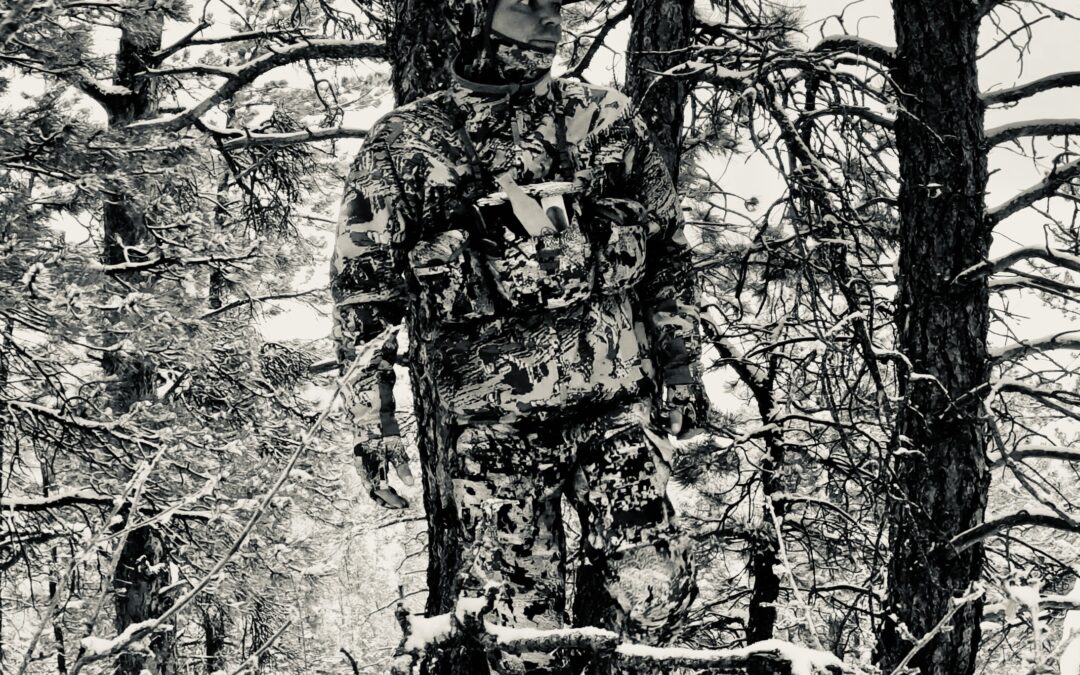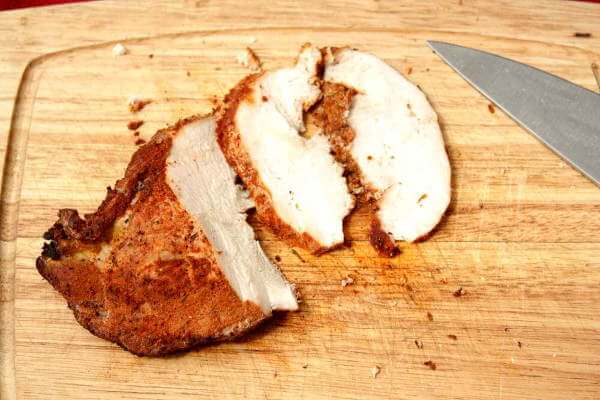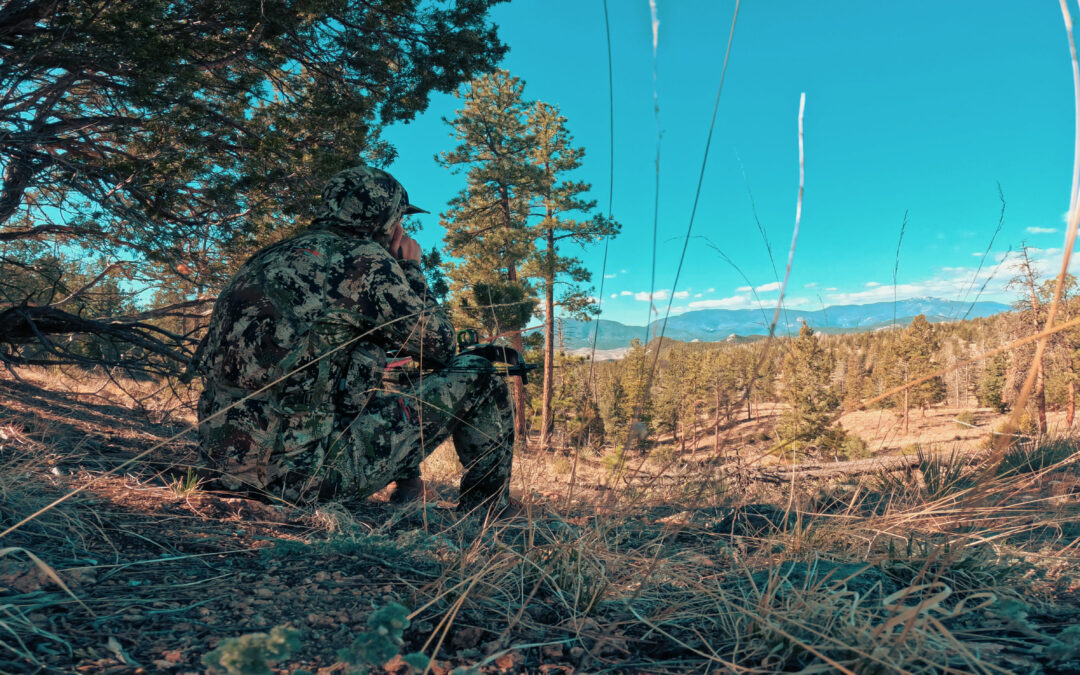
by Pursuit | Apr 28, 2023 | Fishing, Gear
So you’ve thought about Fly Fishing this season, we’ve put together a list of the few essentials needed to kick start your season and new obsession.
- Fly Rod: A fly rod is a long, flexible fishing rod designed specifically for fly fishing. The length and weight of the rod will depend on the type of fishing you plan to do, but a good all-around rod for freshwater fishing is usually 9 feet long and weighs between 4 and 6 ounces.
- Fly Reel: The fly reel is attached to the rod and holds the fly line. Look for a reel that matches the weight of your rod and has a good drag system.
- Fly Line: The fly line is the weight-forward line that you cast with the fly rod. The weight of the line should match the weight of your rod and reel.
- Leader and Tippet: The leader is a tapered line that connects the fly line to the fly. The tippet is a thin, transparent line that connects the fly to the leader. The length and weight of the leader and tippet will depend on the size of the fly and the fish you are targeting.
- Flies: Flies are the lures used in fly fishing. They come in a variety of shapes, sizes, and colors and imitate different types of insects and baitfish. Start with a few basic patterns like Woolly Buggers, Adams, and Pheasant Tails.
- Waders and Boots (optional): If you plan to fish in cold water or wade in the water, you may want to invest in a pair of waders and boots. Waders are waterproof pants that extend up to the chest, while boots provide traction on slippery rocks and mud.
- Other Accessories: You may also want to bring a fly box to hold your flies, a pair of polarized sunglasses to reduce glare, and a hat to protect you from the sun.

by Pursuit | Apr 26, 2023 | Gear, Hunting
So you’re planning to go turkey hunting, well you should! We’ve put together a simple list of Turkey Hunting Essentials that will hopefully help you out as you make the next step into the exciting side of Turkey Hunting.
1. Turkey calls: Turkey calls are essential for attracting turkeys. There are different types of turkey calls, such as box calls, slate calls, mouth calls, and locator calls. You may want to bring a few different types to see which one works best for the turkeys in your area. Box calls are always an easy first introduction to calling and easier to use then mouth calls.
2. Camouflage clothing: Turkeys have very good eyesight, so you’ll want to wear camouflage clothing that matches the environment you’ll be hunting in. Make sure to wear a camo hat, face mask, and gloves as well.
3. Turkey decoys: Turkey decoys can be effective in luring turkeys into range. There are different types of decoys, such as hen decoys, jake decoys, and tom decoys. Depending on the season and location, different decoys may work better.
4. Shotgun: A shotgun is the most popular firearm used for turkey hunting. A 12-gauge shotgun is the most common, but a 20-gauge can also work. There are even .410 options that can work well. Make sure to use turkey-specific loads that provide enough shot density and penetration to take down a turkey.
5. Ammunition: As mentioned, turkey-specific loads are essential for hunting turkeys. Look for shotshells that are specifically designed for turkey hunting and have a shot size of #4, #5, or #6.
6. Turkey vest: A turkey vest can hold all of your turkey hunting essentials, such as calls, ammunition, decoys, and more. It can also provide some cushioning when sitting on the ground for long periods of time.
7. Safety gear: Safety should always be a top priority when hunting. Make sure to wear a hunter orange hat and vest when moving to and from your hunting location especially when hunting on Public Lands.

by Pursuit | Apr 20, 2023 | Gear, Hunting
Slayer Calls Turkey Mouth Calls are an exceptional product for turkey hunters looking for an effective and reliable way to attract game. The quality of the materials and craftsmanship is immediately apparent upon first inspection, with each call featuring precision-cut latex reeds and a durable aluminum frame.
One of the standout features of these mouth calls is their versatility. The set includes three different calls, each with its unique tone and pitch, allowing hunters to experiment and find the perfect sound to draw in their target. The calls are also easy to use, making them a great choice for both beginners and experienced hunters.
In terms of performance, Slayer Calls Turkey Mouth Calls deliver excellent sound quality. The calls produce a realistic turkey sound that is sure to grab the attention of nearby game. Additionally, the calls are designed to be durable and long-lasting, ensuring that they will hold up to repeated use in the field.
Overall, I would highly recommend Slayer Calls Turkey Mouth Calls to any turkey hunter looking for a high-quality product that delivers on both performance and durability. These calls are an excellent investment for anyone who takes their turkey hunting seriously.
Buy Now

by Pursuit | Apr 13, 2023 | Hunting, Inside Pursuit
One of our favorite wild turkey recipe’s is smoked turkey breast. Here’s a simple recipe to try:
Ingredients:
• 1 wild turkey breast
• 2 tablespoons olive oil
• 2 tablespoons poultry seasoning
• 1 tablespoon salt
• 1 tablespoon black pepper
• 1 tablespoon garlic powder
Instructions:
1. Preheat your smoker to 225°F (110°C).
2. Rinse the turkey breast and pat it dry with paper towels.
3. Rub the olive oil all over the turkey breast, making sure to cover it evenly.
4. Mix the poultry seasoning, salt, black pepper, and garlic powder in a small bowl.
5. Rub the seasoning mixture all over the turkey breast, making sure to cover it evenly.
6. Place the turkey breast on the smoker rack, making sure there is enough space for the smoke to circulate around the meat.
7. Smoke the turkey breast for 2-3 hours, or until the internal temperature reaches 165°F (74°C).
8. Remove the turkey breast from the smoker and let it rest for 10-15 minutes before slicing and serving.
Note: Make sure to follow all safety guidelines for handling and cooking wild game. It’s important to fully cook wild turkey to ensure it’s safe to eat.

by Pursuit | Apr 13, 2023 | Hunting
There are numerous locations for spring turkey hunting across the United States, each with their own unique characteristics and challenges. Here are some of the top locations to consider.
Texas: Texas is a top destination for turkey hunting, with an abundance of Eastern and Rio Grande turkeys spread throughout the state. The terrain varies from rolling hills to open prairies, providing hunters with a diverse range of hunting opportunities.
Florida: Florida is known for its Osceola turkeys, which can only be found in the state. The hunting season is relatively long, and the birds can be found throughout the state’s varied landscapes, including forests, swamps, and agricultural areas.
Kansas: Kansas is home to both Eastern and Rio Grande turkeys, with a healthy population of birds spread throughout the state. The terrain ranges from grasslands to wooded hills, providing hunters with a variety of hunting opportunities.
Missouri: Missouri is known for its abundant population of Eastern turkeys, which can be found throughout the state’s wooded hills and river valleys. The state offers a long hunting season, and hunters are allowed to harvest two birds per season.
Alabama: Alabama is home to Eastern turkeys and has a relatively long hunting season. The state offers a diverse range of terrain, including forests, hills, and agricultural areas, providing hunters with plenty of hunting opportunities.
South Carolina: South Carolina is home to Eastern turkeys and offers a long hunting season. The state’s varied terrain includes mountains, forests, and agricultural areas, providing hunters with a range of hunting opportunities.
Ultimately, the best spring turkey hunting location depends on your personal preferences and hunting style. Be sure to do your research and choose a location that offers the type of hunting experience you’re looking for.�





